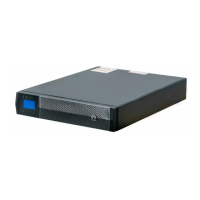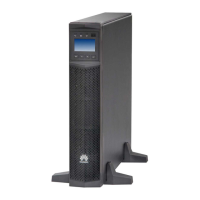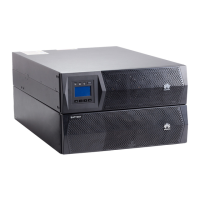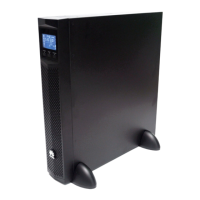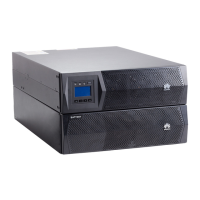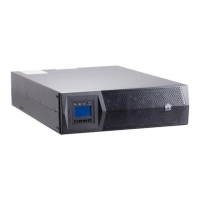How to troubleshoot a Huawei UPS with a blank LCD screen?
- EElizabeth SanchezSep 7, 2025
If the mains switch is ON, but the LCD of your Huawei UPS does not display anything and the system does not perform self-tests, check the input power cable connection. Also, use a multimeter to check that the UPS input voltage meets specifications, as the input voltage may exceed the limit.



